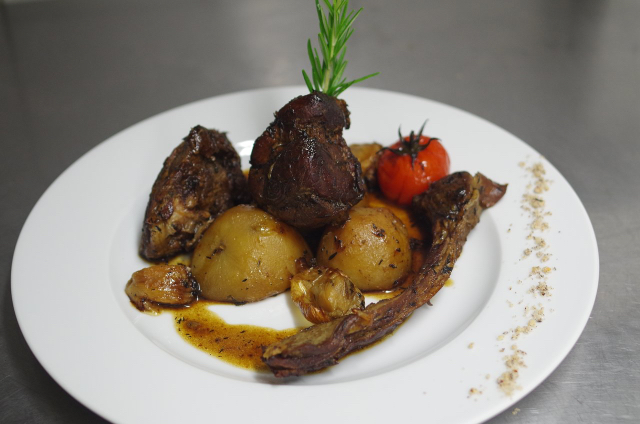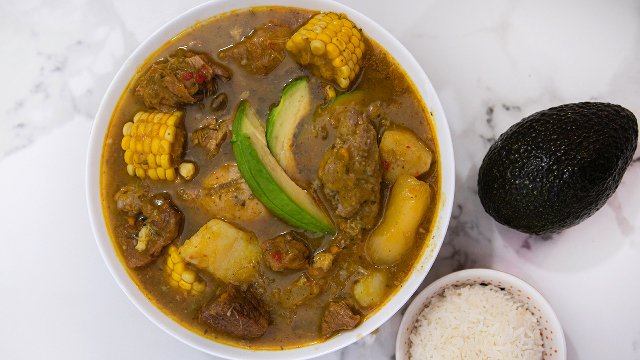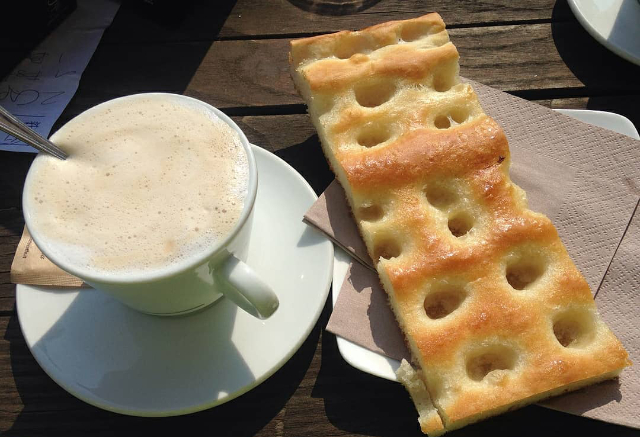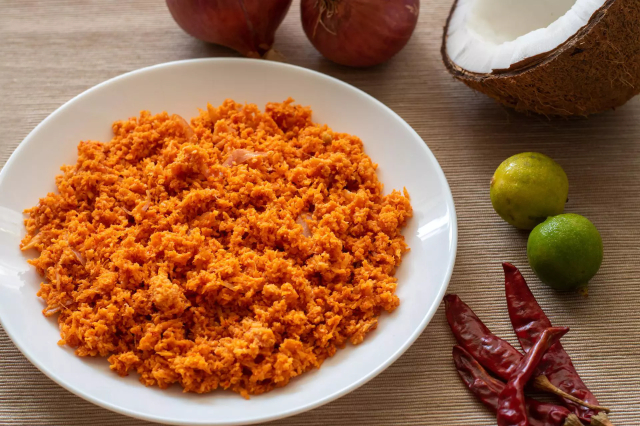Tarte Tropézienne is a traditional dessert from Saint-Tropez that has a fascinating history and great popularity. Here is some information and anecdotes about the Tarte Tropézienne:Tarte Tropézienne was created in the 1950s by Polish pastry chef Alexandre Micka. After leaving Poland during World War II, Micka settled in Saint-Tropez and opened a pastry shop. It was in this pastry shop that the original recipe for Tarte Tropézienne was created.The original recipe for Tarte Tropézienne is a well-kept secret in Alexandre Micka’s family. The cake consists of a soft, sweet pastry base that is cut in half horizontally and filled with a custard flavored with orange blossom. The surface is dusted with powdered sugar.The origin of the name "Tarte Tropézienne" is interesting. When Alexandre Micka created this cake, he decided to call it "La Tarte de Saint-Tropez," but it was Brigitte Bardot, the famous French actress in the 1960s, who suggested the name "Tarte Tropézienne." Bardot was in Saint-Tropez for the filming of the movie "Violent Summer" and was fascinated by the cake. Since the name "Tarte de Saint-Tropez" seemed a bit trite, Bardot suggested calling it "Tarte Tropézienne," and so the name spread and became established.The Tarte Tropézienne gained popularity because of its association with Brigitte Bardot and her love for this cake. It soon became an icon of Saint-Tropez, and the original recipe has been passed down through the generations. Today, many establishments in Saint-Tropez and beyond offer Tarte Tropézienne on their menu.Tarte Tropézienne has become a classic summer dessert, loved for its delicacy and refined flavor. It is a perfect dessert to enjoy during a coffee break or as a dessert after a meal. Its soft texture, fragrant cream and dusting of powdered sugar make it irresistible.The Tarte Tropézienne has become a symbol of Saint-Tropez, associated with the elegance and charm of this charming seaside resort. It is a dessert not to be missed during a visit to Saint-Tropez, a real treat that celebrates the city’s culinary tradition.













